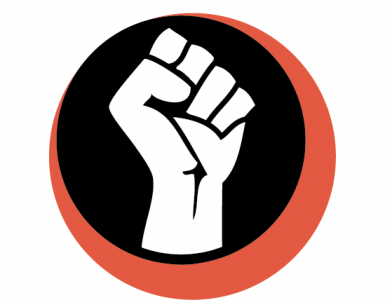How do people and groups communicate and stay connected so that they can spread their message, coordinate with allies, and navigate their relationship with the mass media?
In a nutshell: Resistance groups which can’t communicate effectively might as well not exist; the mass media can distort our movements in predictable ways; there are many options for effective communication both aboveground and underground.
| In this chapter: | |
| Greek Television Takeover – Greek rebels want to bring their message to the people, so they decide to take over a television station. (p. 353) | |
| Resistance and the mass media – The mass media can shape, amplify, and distort our movements; we can make use of the mass media if we understand the ways it can trap or transform movements. (p. 357) | |
| Communication for Radicals – We need to communicate directly with our supporters and allies; how can we do that more effectively? (p. 369) | |
| Practical Outreach and the Media – Brief suggestions on how to frame messages and choose effective channels of communication. (p. 381) | |
| Lusseyran & Underground Communication – In Nazi-Occupied France, a blind boy founds an underground resistance network and newspaper; the lessons their group learned still apply today. (p. 390) | |
| How Underground Groups Communicate – A few tools used for secret communication (including face-to-face meetings, dead drops, cut-outs and couriers, pre-arranged signals and codes, encryption and stenography, and emergency plans). (p. 397) | |
Movements and groups in this chapter:
Featured: Greek Resisters (2008), Anti-Nazi Resistance in Occupied France (The Volunteers of Liberty, Défense de la France). Discussed: Feminist Movements, G20 Protests, 1960s Anti-War Movement, Anarchist Black Cross, IWW, Greenpeace, North Pole. Mentioned: Deacons for Defense, American Indian Movement, Irish Republican Army, Resistance to McCarthyism, ELF, ALF, SHAC, Students for a Democratic Society, Prairie Power, Weather Underground, IWW.






